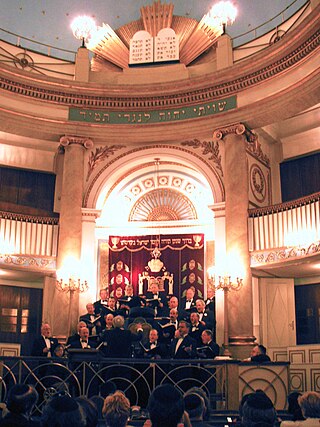
A hazzan or chazzan is a Jewish musician or precentor trained in the vocal arts who leads the congregation in songful prayer. In English, this prayer leader is often referred to as a cantor, a term also used in Christianity.
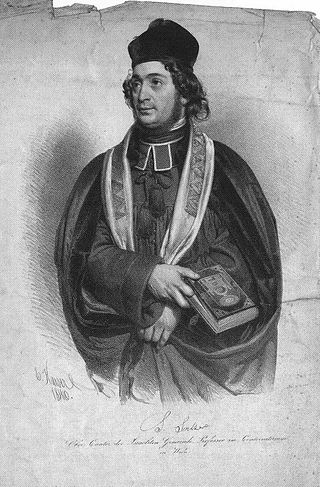
Salomon Sulzer was an Austrian hazzan (cantor) and composer.

David Einhorn was a German rabbi and leader of Reform Judaism in the United States. In 1855, he became the first rabbi of the Har Sinai Congregation in Baltimore, the oldest Jewish-American congregation affiliated with the Reform movement since its inception. While there, he created an early American prayer book for the congregation that became one of the progenitors of the 1894 Union Prayer Book.
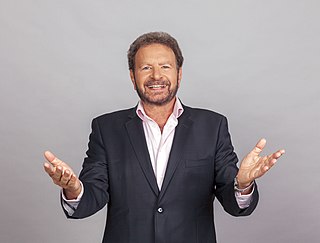
David "Dudu" Fisher is an Israeli cantor and performer, best known for his Broadway performance as Jean Valjean in the musical Les Misérables.
The Baltimore Hebrew Congregation is a Reform Jewish congregation and synagogue located at 7401 Park Heights Avenue, in Pikesville, on the border of Baltimore City and Baltimore County, Maryland, in the United States.

The First Roumanian-American Congregation, also known as Congregation Shaarey Shomayim, or the Roumanishe Shul, was an Orthodox Jewish congregation at 89–93 Rivington Street on the Lower East Side of Manhattan in New York City. The congregation was organized in 1885 by Romanian-Jewish immigrants, serving the Lower East Side's large Romanian-Jewish community. The Rivington Street building, erected around 1860, switched between being a church and a synagogue and was extensively remodeled in 1889. The First Roumanian-American congregation purchased it in 1902 and again remodeled it.

Congregation Baith Israel Anshei Emes, more commonly known as the Kane Street Synagogue, is an egalitarian Conservative synagogue at 236 Kane Street in the Cobble Hill neighborhood of Brooklyn in New York City, New York, United States. It is the oldest continuously operating synagogue in Brooklyn.

Congregation Beth Elohim, also known as the Garfield Temple and the Eighth Avenue Temple, is a Reform Jewish congregation and historic synagogue located at 274 Garfield Place and Eighth Avenue, in the Park Slope neighborhood of Brooklyn in New York City, New York, United States.
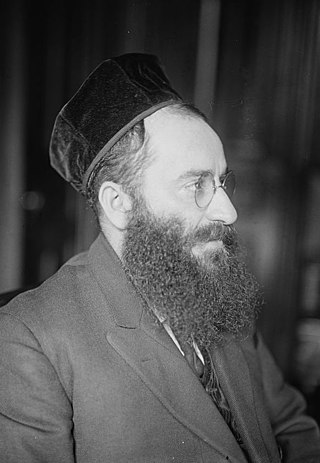
Josef "Yossele" Rosenblatt was an Ashkenazi chazzan and composer. He was regarded as the greatest cantor of his time.

Leopold Eidlitz was an American architect best known for his work on the New York State Capitol, as well as "Iranistan" (1848), P. T. Barnum's house in Bridgeport, Connecticut; St. Peter's Church, on Westchester Avenue at St. Peter's Avenue in the Bronx (1853); the Brooklyn Academy of Music on Montague Street in Brooklyn ; the former Temple Emanu-El ; the Broadway Tabernacle ; the completion of the Tweed Courthouse (1876–81); and the Park Presbyterian Chapel on West 86th Street and Amsterdam Avenue.
Jewish music is the music and melodies of the Jewish people. There exist both traditions of religious music, as sung at the synagogue and in domestic prayers, and of secular music, such as klezmer. While some elements of Jewish music may originate in biblical times, differences of rhythm and sound can be found among later Jewish communities that have been musically influenced by location. In the nineteenth century, religious reform led to composition of ecclesiastic music in the styles of classical music. At the same period, academics began to treat the topic in the light of ethnomusicology. Edwin Seroussi has written, "What is known as 'Jewish music' today is thus the result of complex historical processes". A number of modern Jewish composers have been aware of and influenced by the different traditions of Jewish music.
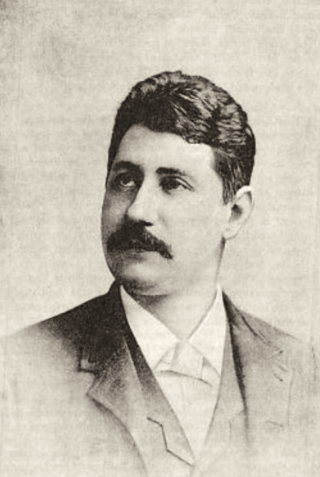
Max Spicker was a German American organist, conductor and composer.
The Jewish art music movement began at the end of the 19th century in Russia, with a group of Russian Jewish classical composers dedicated to preserving Jewish folk music and creating a new, characteristically Jewish genre of classical music. The music it produced used Western classical elements, featuring the rich chromatic harmonies of Russian late Romantic music, but with melodic, rhythmic and textual content taken from traditional Jewish folk or liturgical music. The group founded the St. Petersburg Society for Jewish Folk Music, a movement that spread to Moscow, Poland, Austria, and later Palestine and the United States. Although the original society existed formally for only 10 years, its impact on the course of Jewish music was profound. The society, and the art music movement it fostered, inspired a new interest in the music of Eastern European Jewry throughout Europe and America. It laid the foundations for the Jewish music and Klezmer revival in the United States, and was a key influence in the development of Israeli folk and classical music.

B'er Chayim Temple is a Reform Jewish congregation and synagogue, located in Cumberland, Maryland, in the United States. As of 2008, B'er Chayim counted approximately 50 families as members.
The modern Reform Cantorate is seen as a result of developments that took place during the 19th century, largely in Europe. The process continued to evolve in America following the emigration of German Reform Jews towards the end of the century.
Josef Goldstein was an Austro-Hungarian cantor and composer. He was chief cantor at the Leopoldstädter Tempel in Vienna, Austria from 1857 until his death.
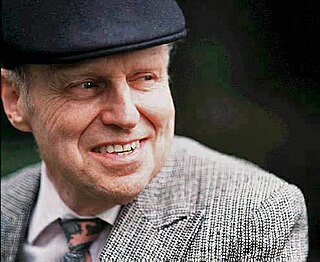
Sylvan (Sholom) Kalib is an American music theorist, musicologist, cantor, conductor, pedagogue and composer. His primary work falls broadly into two categories: 1) Schenkerian music theory and 2) the musical tradition of the Eastern European synagogue.

David Roitman was a Russian-American hazzan and composer. Early in his career he worked as cantor in villages and cities in Russia such as Vilna and Odessa. In 1921 he immigrated to the United States and eventually joined the Congregation Shaare Zedek. Renowned for his lyric tenor compositional recordings and cantorial recitatives, Roitman became known as "the poet of the pulpit".
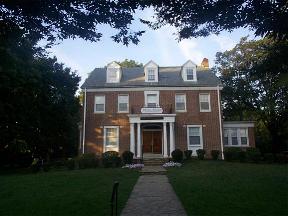
Few Jews arrived in Baltimore, Maryland, in its early years. As an immigrant port of entry and border town between North and South and as a manufacturing center in its own right, Baltimore has been well-positioned to reflect developments in American Jewish life. Yet, the Jewish community of Baltimore has maintained its own distinctive character as well.
Samuel Weltsch was a Bohemian ḥazzan and composer.














